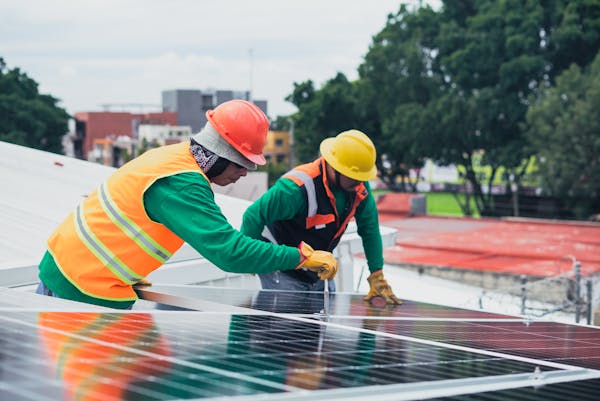Fence contractors specialize in installing and repairing a wide range of fencing. They may offer mesh, palisade, panel, stock & estate and post & rail fences, as well as gates and site hoardings. Quality fence contractors will provide you with an estimate and a timeline for when the work will begin and be completed. They will also bring all required materials to the job and clean up after themselves when they are finished.
The qualifications that a fencing contractor needs to have include training and experience. They should also have a valid business license and insurance coverage. They can apply for these through their local government. They should also register their business name with the county, and if they plan to employ other workers, they should get an employer identification number from the IRS.

A fencing contractor can help you save money in the long run by building a high-quality fence that will withstand harsh weather conditions and other threats. For example, the brackish water of the Chesapeake Bay and salty water from the Atlantic can damage or destroy a fence that isn’t built to withstand these elements. A quality fence can also protect your property from wind, snow and other hazards.
It’s important to find a reputable fencing contractor to ensure that your project is done correctly the first time. You should ask friends and neighbors for recommendations and research the company’s reputation online. Look for a website that features photos of past projects and detailed descriptions of each service. The best fencing companies will also have customer reviews and ratings.
Once you have narrowed down your list of potential candidates, contact them to discuss their rates, qualifications and experience. Ask for references and call them to verify their licenses and insurance coverage. Also, ask if they will be using subcontractors and if so, verify their credentials. Lastly, get a written contract and review any guarantees or warranties that the contractor offers.
The experience that a fence contractor has will make a difference in the quality of their work. It’s recommended that you avoid new contractors, as they haven’t had the chance to hone their skills and can be more prone to mistakes.

It’s also a good idea to create a social media presence and list your services on local directory websites, like Angi or Thumbtack. This will help you attract more clients and build a strong reputation in your area. You can also connect with your community by joining the local chamber of commerce and volunteering at special events. In addition, you should invest in digital marketing, such as Google Local Services ads and search ads.





